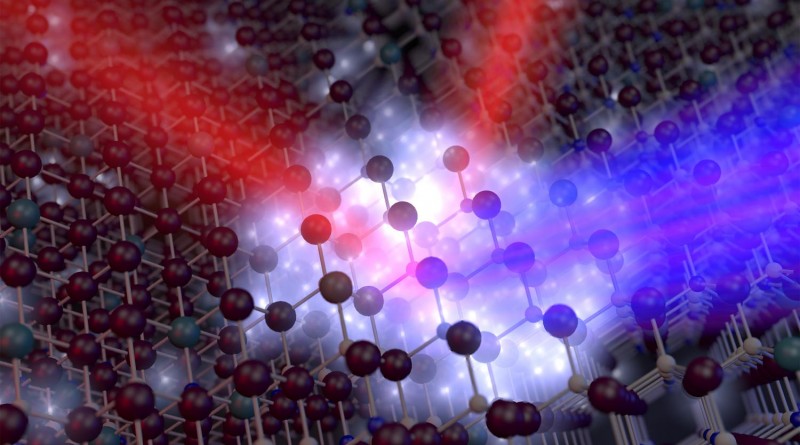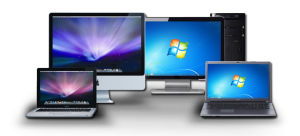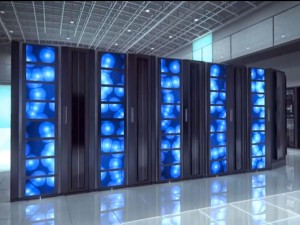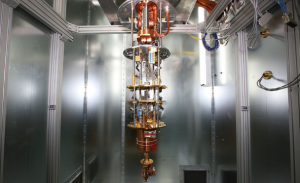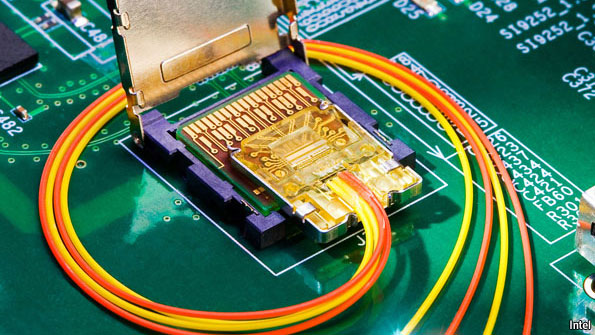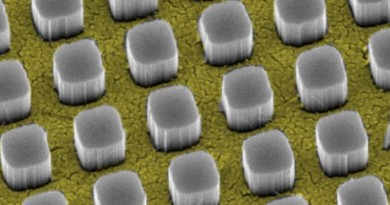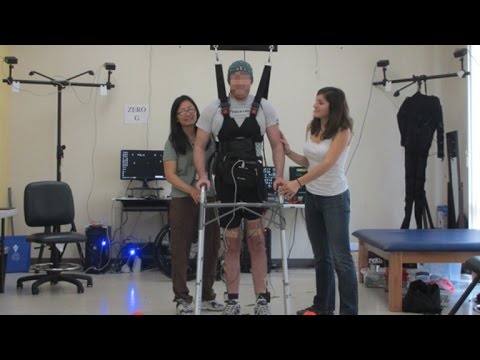A Material That Could Create Quantum Optical Computers
Since the invention of computer, it has become an integral part of our lives. From allowing us to work from home, stay in contact with friends and family, it is also used for entertainment purposes or to helps us to keep track of important issues like finances, stocks and shares, and international news, computer are been each and everywhere. People can now search for pretty much anything and everything, there is literally a whole world of knowledge at our fingertips as soon as we log on to the World Wide Web(www). We all can agree that relying on computer certainly has made our life easier.
Super Computers:
With the advancement of technology and increase in race to get ahead of each other in speed and stability has lead us in development of “super computers”. They are the computer with greatest speed and memory. They can do jobs faster than any other computer of its generation. It is usually thousands of times faster than ordinary personal computers made at that time with greater processing speed enabling them to solve complex problem in fraction of seconds.
Basically super computers are divided into two categories:
- Quantum Computers – Devices that have exponentially greater processing power due to the addition of quantum superposition to the binary code. It is basically a theoretical systems that make use of quantum-mechanical phenomena like superposition, to perform operations on data. It is based on transistors.
- Optical Computers – Devices which can beam data at speed of light without generating heat and waste energy like traditional electronic computers. It uses protons or diodes for computation.
Quantum Optical Computers:
Whenever people talk about next generation computers they usually refer to quantum computers or optical computers. But lets just for a movement think how awesome would it be, if we could find a way for both of these to work together as one. Need a moment to think?
Well times up, scientists at the University Of Technology, Sydney have discovered a material that has the potential to combine both of those abilities in one ridiculously powerful computer of the future.
How does it work:
The material is layered hexagonal boron nitride that are arranged in a honeycomb structure which is rather unique. It is atomically thin and was traditionally used as a lubricant, however after careful processing it was discovered that it can emit quantised pulses of light i.e. single photons on demand at room temperature which can carry information, making it ideal to help build a quantum optical computer chip.
Until now, room-temperature quantum emitters had only worked in a 3D material like diamonds, which were never easy to integrate onto a computer chips. In a traditional computer, photons were used to store information by being in either vertical or horizontal polarization. But in recent study it was found that they can also be turned into quantum bits (or qubits) by being put into superposition which is a unique quantum state where it’s in both vertical and horizontal polarization at the same time.
Future:
As these protons can be turned into quantum bits, it can help create very secure communication systems using single photons as one cannot eavesdrop on single photons, the information is secure. Best of all, the material is very cheap, easy to make and sustainable at room temperature, which means that it could be easily scaled up.
According to one of the researcher Mike Ford:
“Ultimately we want to build a ‘plug and play’ device that can generate single photons on demand, which will be used as a first prototype source for scalable quantum technologies that will pave the way to quantum computing with hexagonal boron nitride.”
The team is now testing if the material is compatible with Li-Fi. Hope this technology makes it through all the steps and we might find ourself in a new generation of computing.

